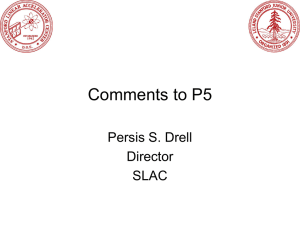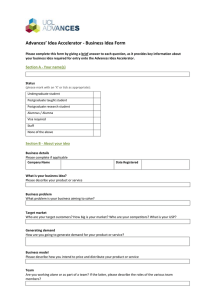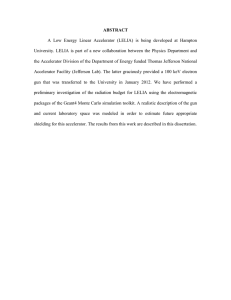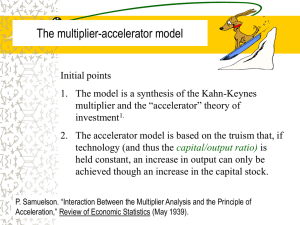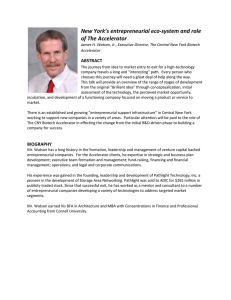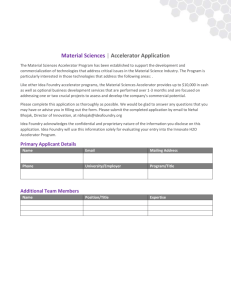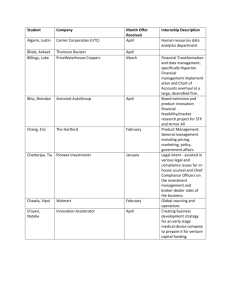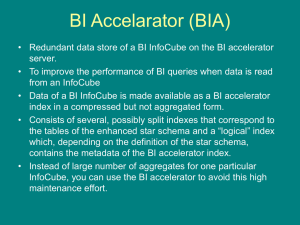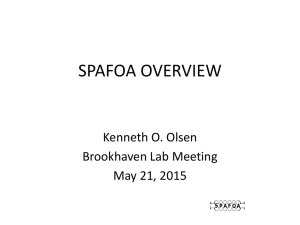Nuclear physics
advertisement
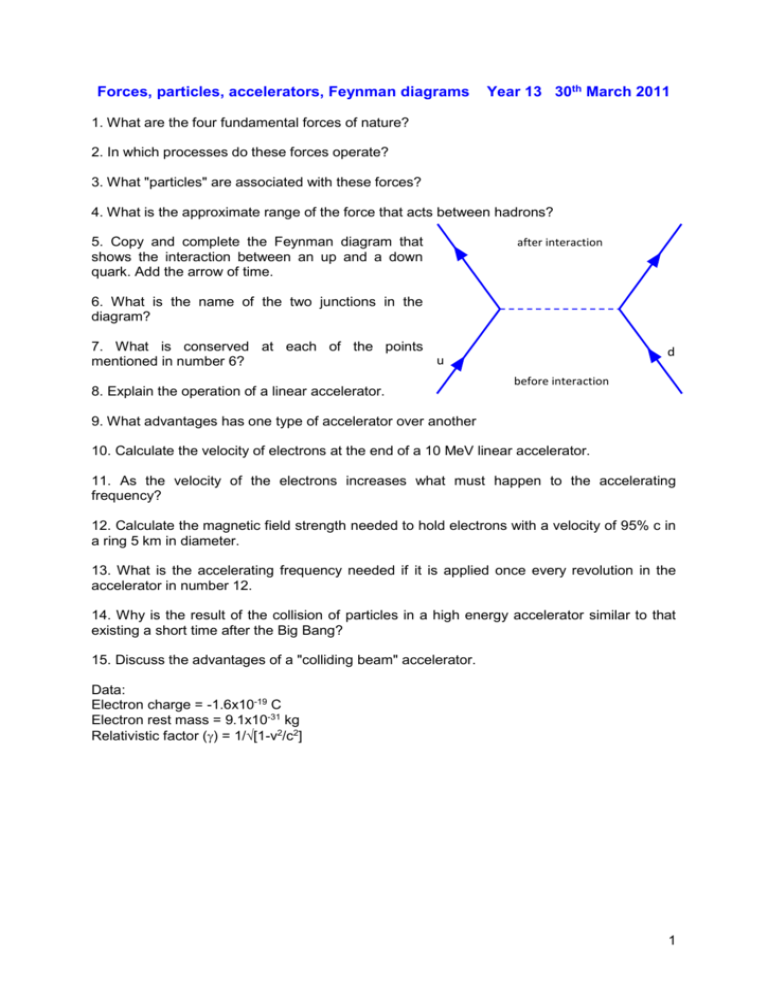
Forces, particles, accelerators, Feynman diagrams Year 13 30th March 2011 1. What are the four fundamental forces of nature? 2. In which processes do these forces operate? 3. What "particles" are associated with these forces? 4. What is the approximate range of the force that acts between hadrons? 5. Copy and complete the Feynman diagram that shows the interaction between an up and a down quark. Add the arrow of time. after interaction 6. What is the name of the two junctions in the diagram? 7. What is conserved at each of the points u mentioned in number 6? 8. Explain the operation of a linear accelerator. d before interaction 9. What advantages has one type of accelerator over another 10. Calculate the velocity of electrons at the end of a 10 MeV linear accelerator. 11. As the velocity of the electrons increases what must happen to the accelerating frequency? 12. Calculate the magnetic field strength needed to hold electrons with a velocity of 95% c in a ring 5 km in diameter. 13. What is the accelerating frequency needed if it is applied once every revolution in the accelerator in number 12. 14. Why is the result of the collision of particles in a high energy accelerator similar to that existing a short time after the Big Bang? 15. Discuss the advantages of a "colliding beam" accelerator. Data: Electron charge = -1.6x10-19 C Electron rest mass = 9.1x10-31 kg Relativistic factor () = 1/√[1-v2/c2] 1

